1 Year Old Daily Schedule (One and Two Nap Options)
One-year-olds are so full of excitement, energy, and happiness and it is one of the best ages for exploration and new learning. This is why it is so important to make sure to play with your one-year-old, find age-appropriate experiences for them, and keep them busy, all while making sure they are getting a good amount of sleep.
Finding the perfect 1 year old daily schedule can be difficult but read on for some ideas and tips to help as well as two different sample schedules based on the schedule we follow.
*This post may contain affiliate links and as an Amazon Associate and a member of other affiliate programs, I may earn a small compensation from qualifying purchases. All opinions and recommendations are my own.

Sleep Schedule for a 1 year Old
According to WebMD, at 1 year old, your child will need anywhere between 12-14 hours of sleep including nap time and bedtime.
This means that a typical bedtime for a 1-year-old should be anywhere between 6 and 8pm depending on when your child wakes up. Follow your child’s sleepy cues to know when works best in this time range. Try to stick to a similar time each evening. This will help your child fall asleep more easily.
Wake windows for a one-year-old should be anywhere from 3-4 hours for a younger one-year-old and anywhere from 4-6 hours for an older one-year-old. This is just an average and all babies are different so be sure to find what works best for your infant.
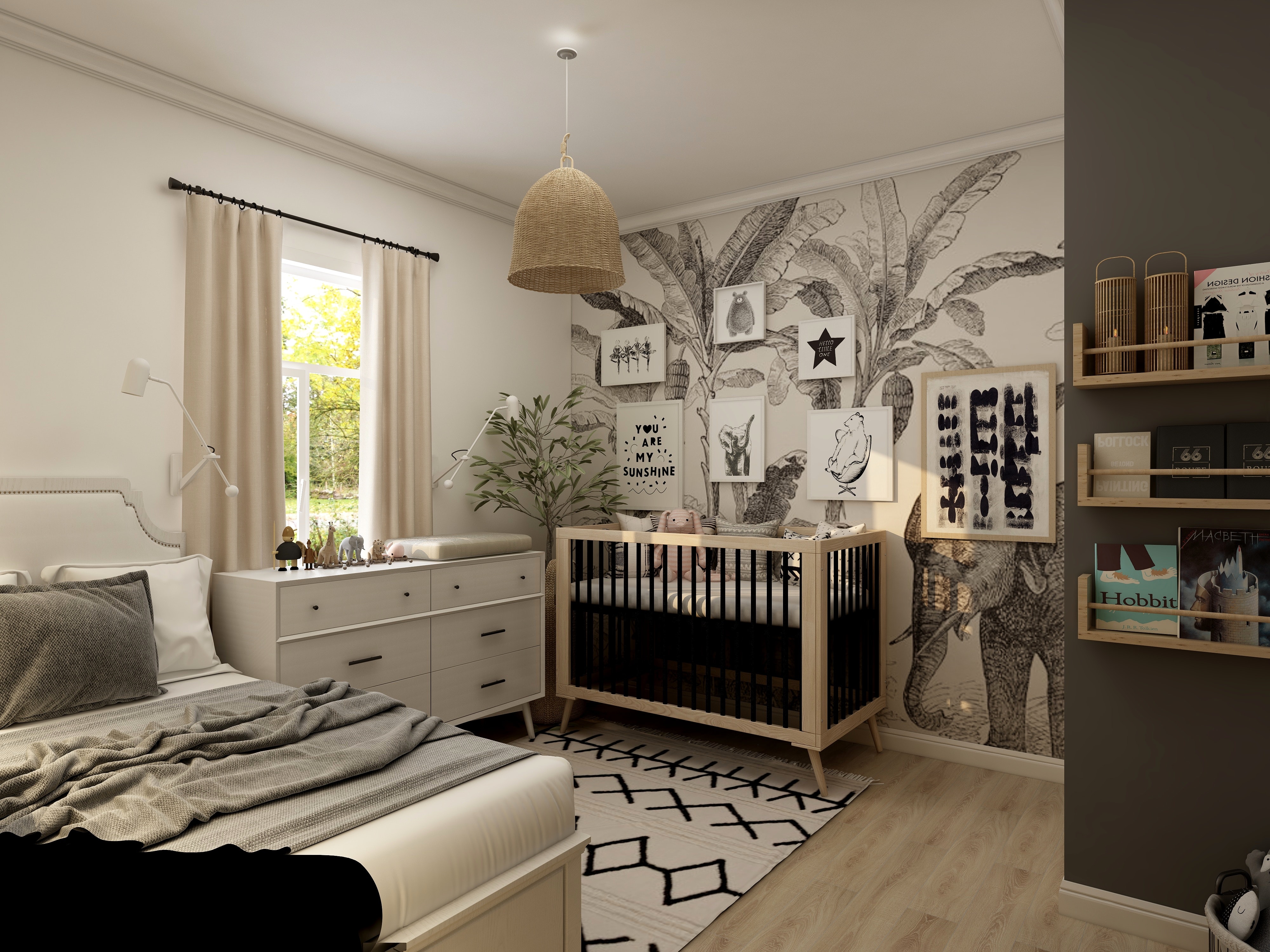
When should a 1-year old transition to 1 nap a day?
The average age to transition from 2 to 1 nap is anywhere between 12 and 18 months (while 15-18 months is the most common). Some babies are ready to transition earlier than others. Follow your child’s cues to know when they are ready to transition to one nap. Some common signs your baby is ready to transition from two to one nap are:
1. They have started to wake more often at night ready to play when they used to sleep through or sleep longer periods without waking up.
2. They don’t seem tired and are fighting or having a hard time falling asleep for one of their two naps.
3. They are fighting at bedtime when it wasn’t a fight before.

1-Year-Old Activity Time
It is important that during the day you give your infant many opportunities to play, interact, and learn. Create activities that allow you to complete any daily tasks (somewhat) independently, make time to play with your infant, and plan activities that allow them to get out energy and grow in their language and fine/gross motor skills.
Toys for Independent Play:
Toys are great tools to encourage independent play for 1-year-olds. While independence is hard at this level you are still able to get a few minutes by surrounding them with toys for independent play. Some of the toys I’ve found to keep my infant busy, while teaching them important skills include mega blocks, sorting toys, trucks/car tracks, and balls. See below for some of my kid’s favorite toys.
Things to Do and Places to Take Your 1-Year-Old
Plan an activity for your child. If you don’t have an available activity planned try to get out of the house for a stroller walk. The sun and fresh air as well as the many sights of the outdoors are some of the best ways to keep a 1-year-old busy. Try to plan a daily walk in the morning or a trip to somewhere close by. Some of our favorite places to include in our daily routine include:
- A local park – can be one you can visit with a stroller walk or drive to and try new parks in the area
- Zoo visit – we ask for a zoo pass for a birthday gift idea every year and it is so worth it! We can go for an hour or two and be back by nap time.
- Local library storytime- Many libraries have storytime multiple times a week for young children. Some come with planned activities and songs as well.
- Playgroup and/or play date- many areas have playgroups you can find through Facebook groups and pages or parents apps like the Peanut App. You can also meet area mom friends in the peanut app and set up a play date. While 1-year olds don’t completely understand playing together yet, it is great to get them exposed and used to other children.
- Family visit – visit grandparents/cousins/other family at home.
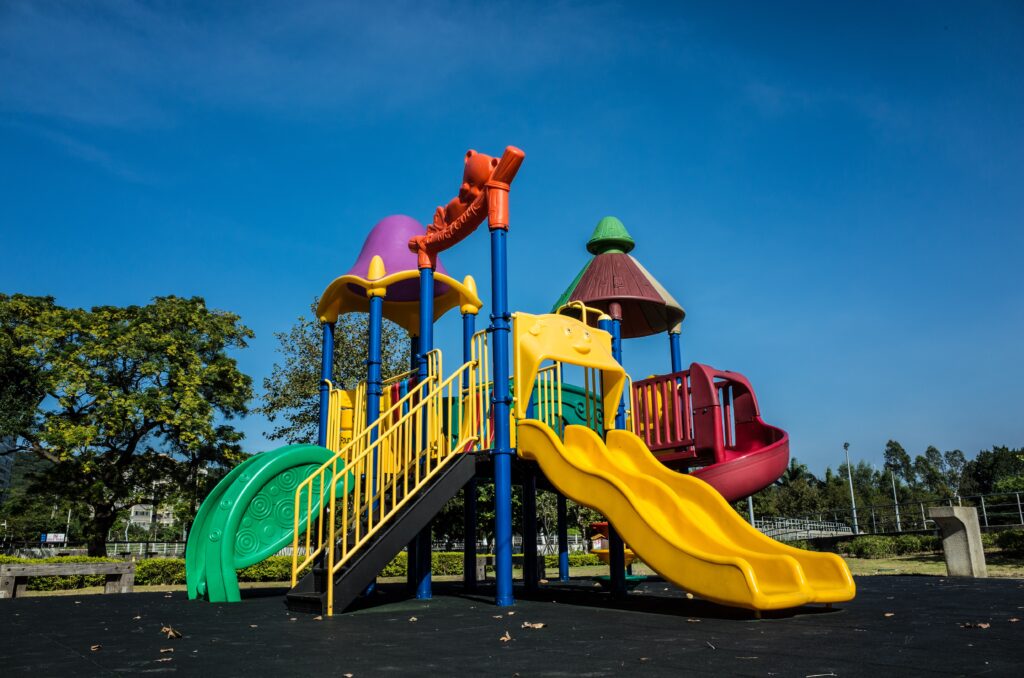
Other Fun Activities to do with 1-year-olds
Activities for 1-year-olds should be fun and engaging and include lots of fine and gross motor if possible. Some of our favorites include:
- Sensory bins and activities – taste safe ones if your child puts everything in their mouth still
- Bubbles
- Coloring – can be started young using safe crayons
- Outdoor play – using play climbers, exploring nature, sandbox, small bikes/push cars
- Water play – could be in the bathtub or outdoors. Blow-up swimming pools, sprinklers, water tables, and more are all great options
- Books – ones with sensory aspects, faces/emotions, animals, and more are great for language development as well
- Play couch or foam climbing blocks
- Infants/kids climbers and slides

Eating Schedule for a 1 year old
By the age of one you can start to transition away from the bottle and to three main meals a day. These meals include breakfast in the morning, lunch mid-day, and dinner in the evening.
You may also want to include two snack times each day. One should be in between breakfast and lunch and the other in between lunch and dinner. These snacks help your little one get through to the next meal without becoming over-hungry and cranky.
Try to keep meal and snack times as consistent as possible. This really helps you to be able to pinpoint when your child is getting hungry. If it is close to mealtime and they are starting to get cranky this could be the culprit.

1 Year Old Daily Schedule Examples:
Sample Schedule for a One Year Old (2 naps)
*This sample schedule is best for younger 1 year olds. As children get older they will switch to two naps a day. Typically you see this being a great sample schedule for children ages 12 months to 18 months old. See the above notes to help know if your child is ready to move down to 1 nap a day.
- 7:00 – Wake-up
- 7:15 – Breakfast
- 7:45 – Dress, diaper change, get ready for the day
- 8:00 – Indoor playtime – See above lists of activities and toys for ideas.
- 9:00 – Snack
- 9:15 – Storytime (Read books, sing songs, and wind down)
- 9:30 – Nap #1
- 10:30 – Wake-up, diaper change, get ready
- 10:45 – Stroller walk (to park if an option), or other “out of home” activity
- 12:00 – Lunch
- 12:30 – Indoor playtime – See above lists of activities and toys for ideas
- 1:30 – Storytime (Read books, sing songs, and wind down)
- 1:45 – Nap #2
- 3:15 – Wake-up, diaper change, snack
- 3:30 – Outdoor play (water play, bubbles, playset, climbers, cars/bikes) and/or gross motor play (trampoline, play couch, slides, etc…)
- 5:00 – Independent indoor play (As independent as possible…see above list for ideas)
- 5:30 – Dinner
- 6:00 – Indoor playtime (see lists of activities for ideas)
- 6:30 – Bath time
- 7:00 – Bedtime routine: storytime, brush teeth, pajamas, snuggles
- 7:30 – Bedtime
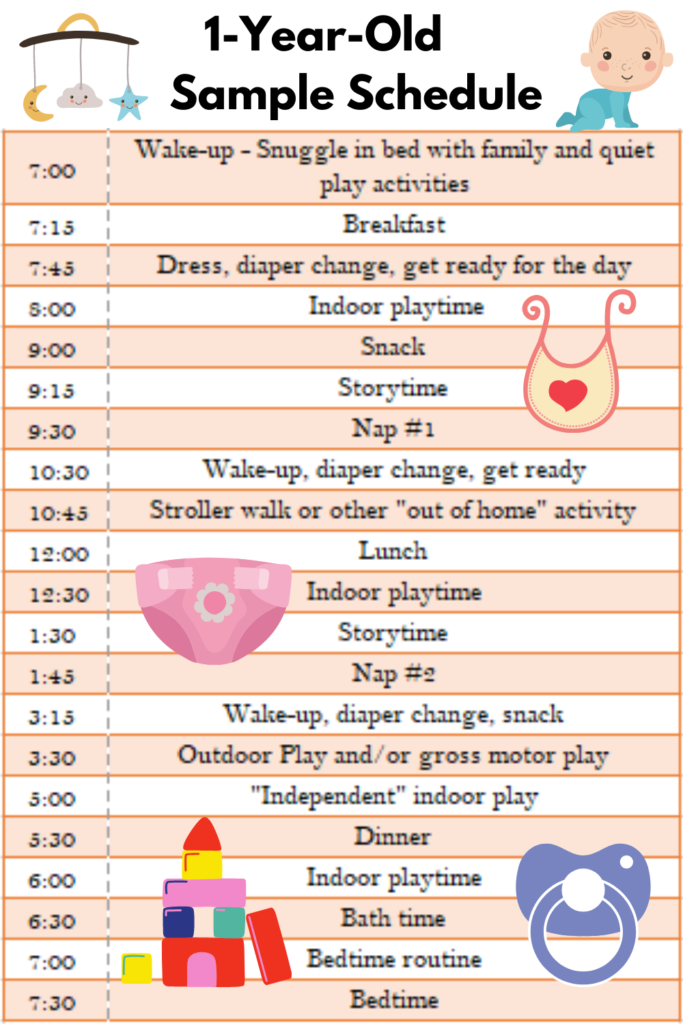
Sample Schedule for a One Year Old (1 nap)
- 7:00 – Wake-up – Snuggle in bed with family and quiet play activities like books, stuffed animals, etc…
- 7:30 – Breakfast
- 8:00 – Dress, diaper change, get ready for the day
- 8:15 – Indoor playtime – See the above lists of activities and toys for ideas.
- 9:15 – Snack
- 9:30- Storytime (Read books, sing songs)
- 9:45 – Diaper change, get ready
- 10:00 – Stroller walk (to park if an option), or other “out of home” activity
- 11:45 – Lunch
- 12:15 – Storytime (Read books, sing songs, and wind down)
- 12:30 – Naptime
- 2:30 – Wake-up, diaper change, snack
- 2:45 – Outdoor play (water play, bubbles, playset, climbers, cars/bikes) and/or gross motor play (trampoline, play couch, slides, etc…)
- 4:15 – Independent indoor play (As independent as possible…see above list for ideas)
- 5:00 – Dinner
- 5:45 – Indoor playtime (see lists of activities for ideas)
- 6:30 – Bath time
- 7:00 – Bedtime routine: storytime, brush teeth, pajamas, snuggles
- 7:30 – Bedtime
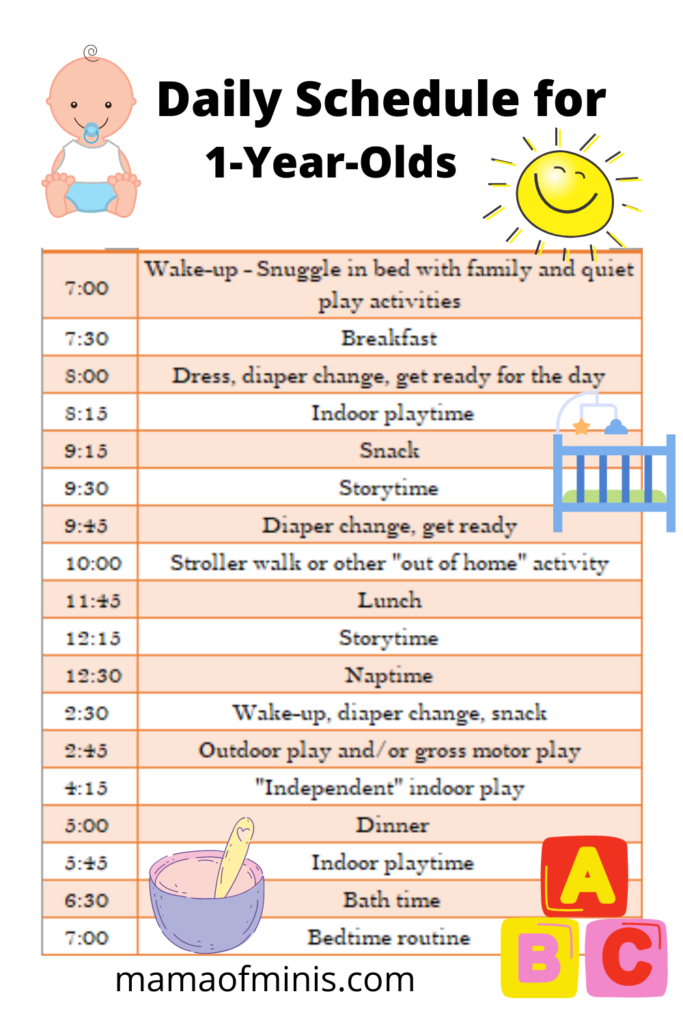
Overall, these are just two different sample schedules for 1 year olds based on how we run our days at home. We almost always go for a walk or do an out of house activity unless the weather is bad (and we even sometimes still bundle up and go then if possible!).
There is no right or wrong way to go about your day with a 1-year-old. All 1-year-olds are different and what works for one child doesn’t always work for other children. If you also have other children at home or work from home your day may look way different.
Feel free to alter these schedules however you desire and use them to fit your family’s needs. If you find your toddler is struggling with your daily routine you can also implement a schedule or daily routine chart like this one to help them.
They are so sweet (and sour sometimes!), curious, full of energy and excitement to see the world, and so loving. In my opinion, age 1 is my favorite age so far!
If you’re looking for schedules for younger babies be sure to also check out my sample schedules for 4 month old babies as well!

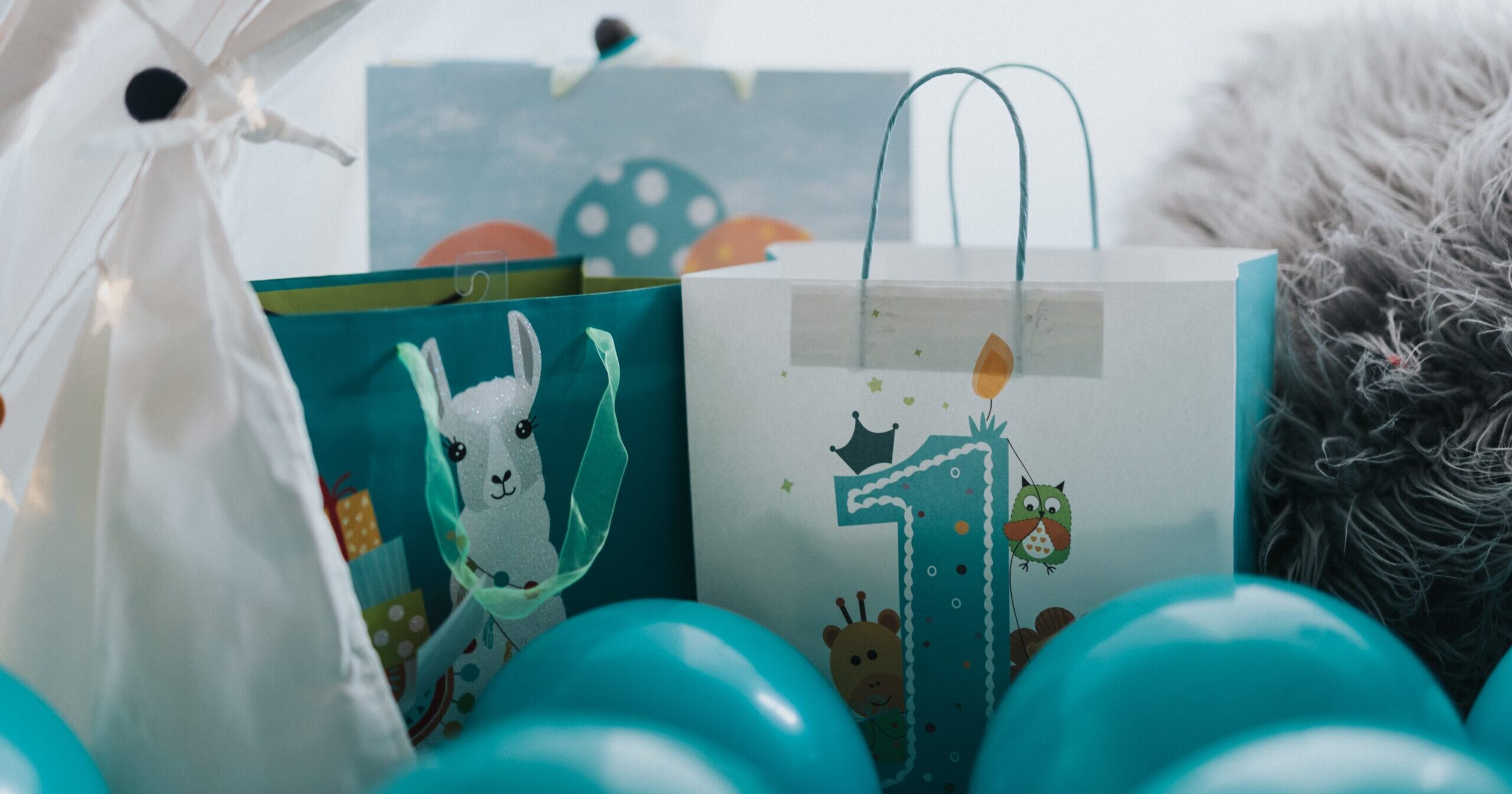



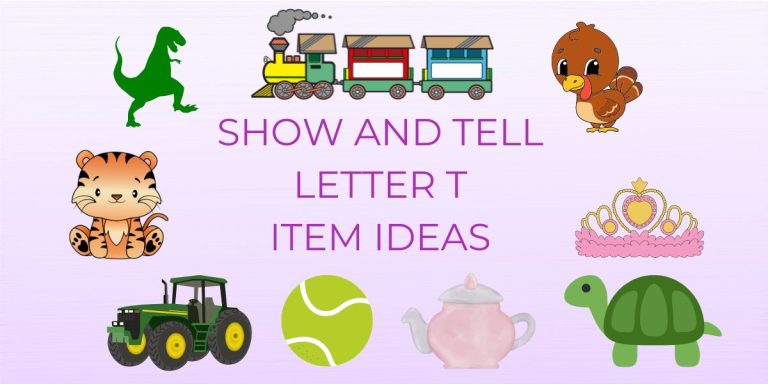




This is a great schedule! With my first it took so long to get a good schedule because we had an international move, then another move. With my second things were much smoother and the schedule helped so much.
Thanks so much Audrey! It was so much harder with my first as well to get on a good schedule. I think partially because I was working full time and partially because I had no idea what I was doing. The schedule has helped greatly with my second!